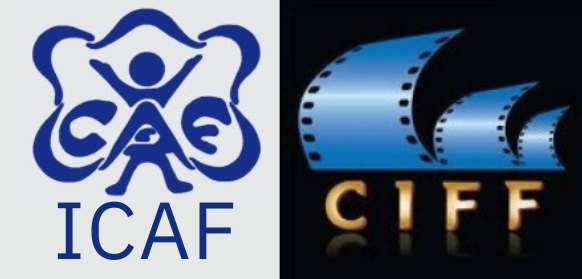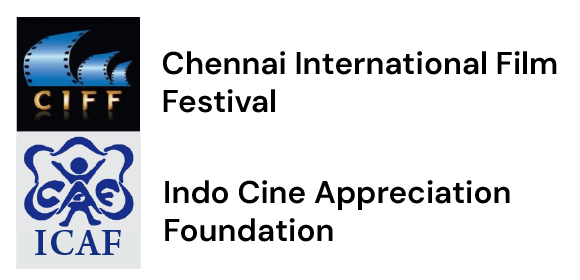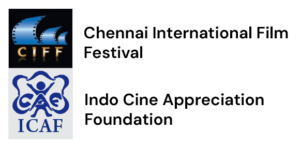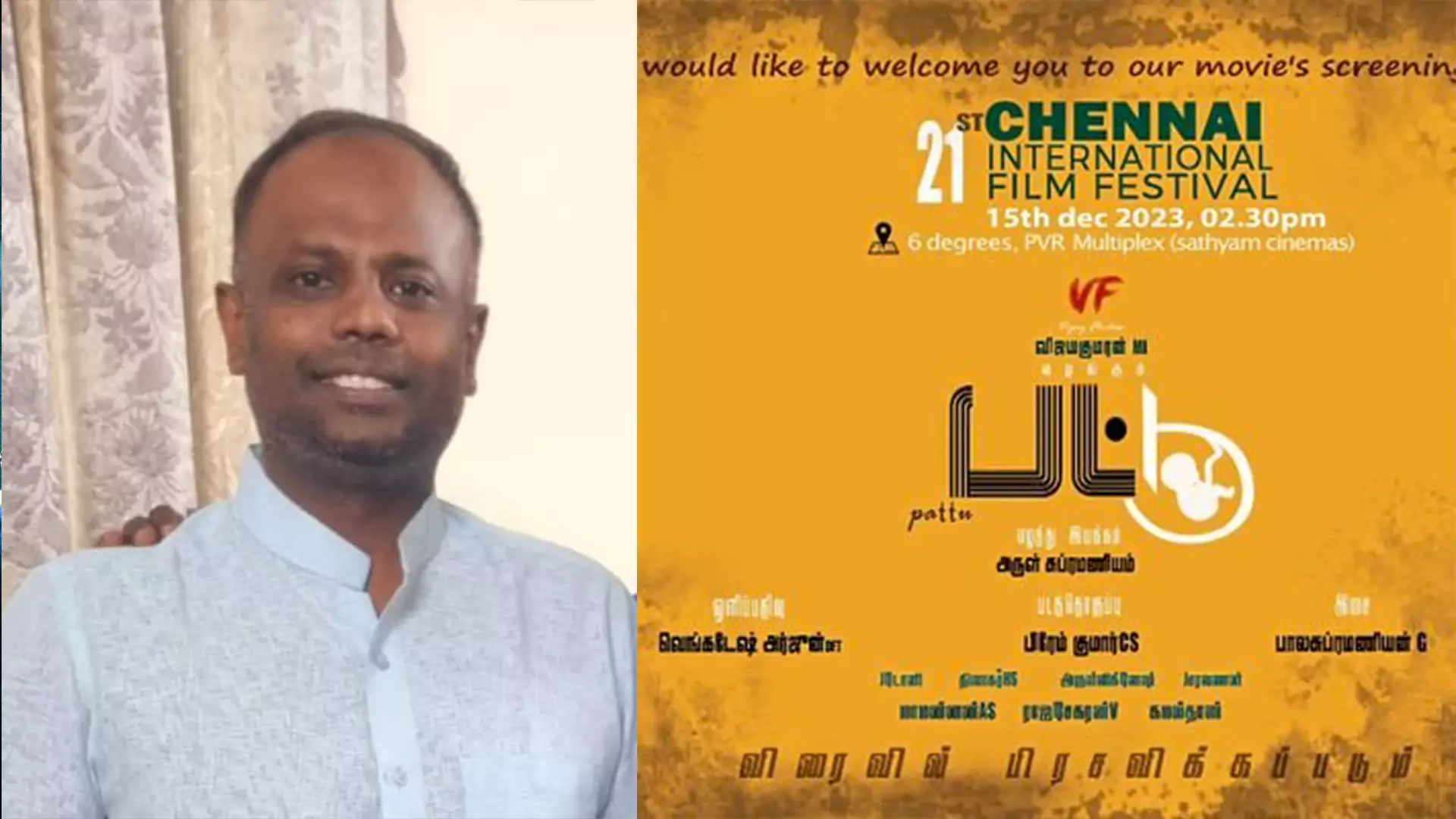
Without support from family a filmmaker’s creativity gets hindered: Director Arul Subramaniam
Ms. Divya Jay from Team CIFF talks to Director Arul Subramaniam of the movie PATTU that was showcased in the Indian Panorama section of our 21st Edition of CIFF. He tells us how important it is to have the support of loved ones to become a successful filmmaker and how his wife was his biggest support in his journey of filmmaking! And how he became a Film Director from being a Techie!!
After having 10 years of career in VFX, one fine day I quit my job and started writing my 1st script. Later after 10 years, I made my debut film PATTU. From childhood I used to listen to movie songs and watch lot of Indian movies in Doordarshan. My father introduced me to various foreign movies which made me to fall in love with CINEMA!
PATTU is a story in day-to-day life, also I thought it will be interesting when we narrate a normal event occur in an abnormal condition.
After a decade of struggling, I got this opportunity to direct a movie. Though the budget was unimaginably low I didn’t want to miss the chance. Delivering a quality movie in such a small budget is challengeable. Then I thought of doing this particular story which will fit into the budget.
I didn’t work as an AD to any director, I learnt the art of cinema on my own and by doing many short films. I am not a student to one director, but many masters from India and all over the world. My gurus are K. Balachander, Balumahendra, Manirathnam, Bharathiraja, Anurag Kashyap, Imitiaz Ali, Client Eastwood, and the list goes on. My list is very huge.
My masters’ movies pulled me towards filmmaking. I learnt movie making from outside i.e., from watching other directors’ films. From those creators I learnt various aspects and techniques of cinema. They are not merely movies, but a textbook for me.
Yes, as an independent filmmaker I took part in all the crafts of filmmaking. Like art department, costume, designing, etc. because budgets made me do all the work right from a light man to a director.
My days in Taramani Film Institute introduced me to World Cinema. Those days internet was rare, watching world movies was hard. One DVD costs around Rs. 500 which was not affordable. So, IIFI Goa and Film chamber weekly movie screenings were our hub.
Without their support we cannot work or write scripts peacefully, our creativity will be hindered. Moreover, our victory without friends and family is nothing.
India, Iran, Korea & Hollywood helped me during my journey of filmmaking
Happy…. proud… about my film participating in the 21st Chennai International Film Festival
Of women, gender equity & the feminine gaze
by S Viswanath
Gender equity, gender representation and providing that feminine perspectives has become the new normal at film festivals lately.
The issue has been adhered to most vigorously and diligently in recent years thanks to the #MeToo movement that brought to fore the discrimination and habitual subjugation talented and aspirations women have faced across various streams of vocations, the film and entertainment industry not withstanding.
The democratisation and providing due representation for women in the competitive film and entertainment industry has risen beyond tokenism and condescending attitudes.
As a result film festivals across the world have seen a fundamental change in the way the organisers have ensured women representation across different streams ensure true fair play.
It is heartening to note that the Chennai International Film Festival is also following in the precedence set by peer film festivals.
A cursory glance into the number of films by women directors being represented at the Chennai International Film Festival speaks of the due diligence done by programmers and curators in this regard.
As many as 20 films drawn from diverse countries by women directors from the 70 plus films in the contemporary world cinema competition and cinema of world section besides a representative retrospective showcased constitutes nearly 28% of films being shown at the film festival.
What is further heartening to note is that each of these women directors who have found favour bring a multifarious tableau of themes and narrative styles and sociopolitical concerns in their auteur works.
It is emboldening to note that the closing film festival is the French director Justine Triet’s Anatomy of a Fall wherein the wife faces trial being suspected of her husband’s murder. Justine has been hailed as the promising new emerging talents of contemporary nouvelle vogue filmmakers.
Likewise, the retrospective representation figures a prominent and promising faces of Brazilian cinema – Lais Bodanzky whose three films – Brainstorm – spotlighting on a young teen dispatched to a corrective mental institution by his suspecting father and the true state of the corruptive workings of the cruel institutional system. Her Just Like Our Parents once again throwing light on filial relationships rounded off with her historical film -Pedro, Between the Devil.
The two documentaries on the aboriginals by the young Australian filmmaker Molly Reynolds.
Similarly the French films focus featuring the troublesome and thought provoking film on the socially marginalised sections of society and the elitist’s deprecating views on them in director-duo team of Lise Akoka & Romance Gueret.
Alice Winocour’s psychological and surreal explorations of a woman who survived a terrorist attack at a cafe. It holds an alarming mirror to the trauma survivors go through after such a life threatening cataclysmic attack.
Similarly, forcefully focusing on the societal attitudes towards abortions in the 70s Blandine Lenoir brings to table another of the core concerns women face today and the laws on the issue.
The universal issue of immigration finds voice in Nathalia Syam’s Footprints on Water as it follows an immigrant dad seeks his missing daughter, or for that matter the two other enterprising and engaging films A Letter from Helga by Iceland’s Asa Helga Hjorleifsdottir and Act Natural by Alice Gruia.
The other dozen films the Cinema of the World section provide for a perspective and periscopic look into the diversity of thematic concerns and independent styles of film making that these women filmmakers makers bring to the table providing audiences variety of ensemble engagements with the films at home.
Truly watching and catching up with some of these scintillating and fascinating films making for a deep understanding of women filmmakers and the singularly unique body of works they represent.
From focus on women navigating societal discriminations to children caught in the crossfire of filial and institutional expectations and young adults, especially women teenagers confronting patriarchal and other issues across several strata of social fabric these women filmmakers live up to the promise they show in their empowering works. It is virtually charge of the women brigade, if on may say so.
